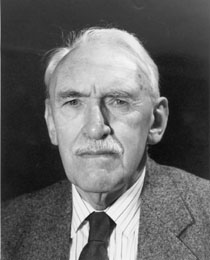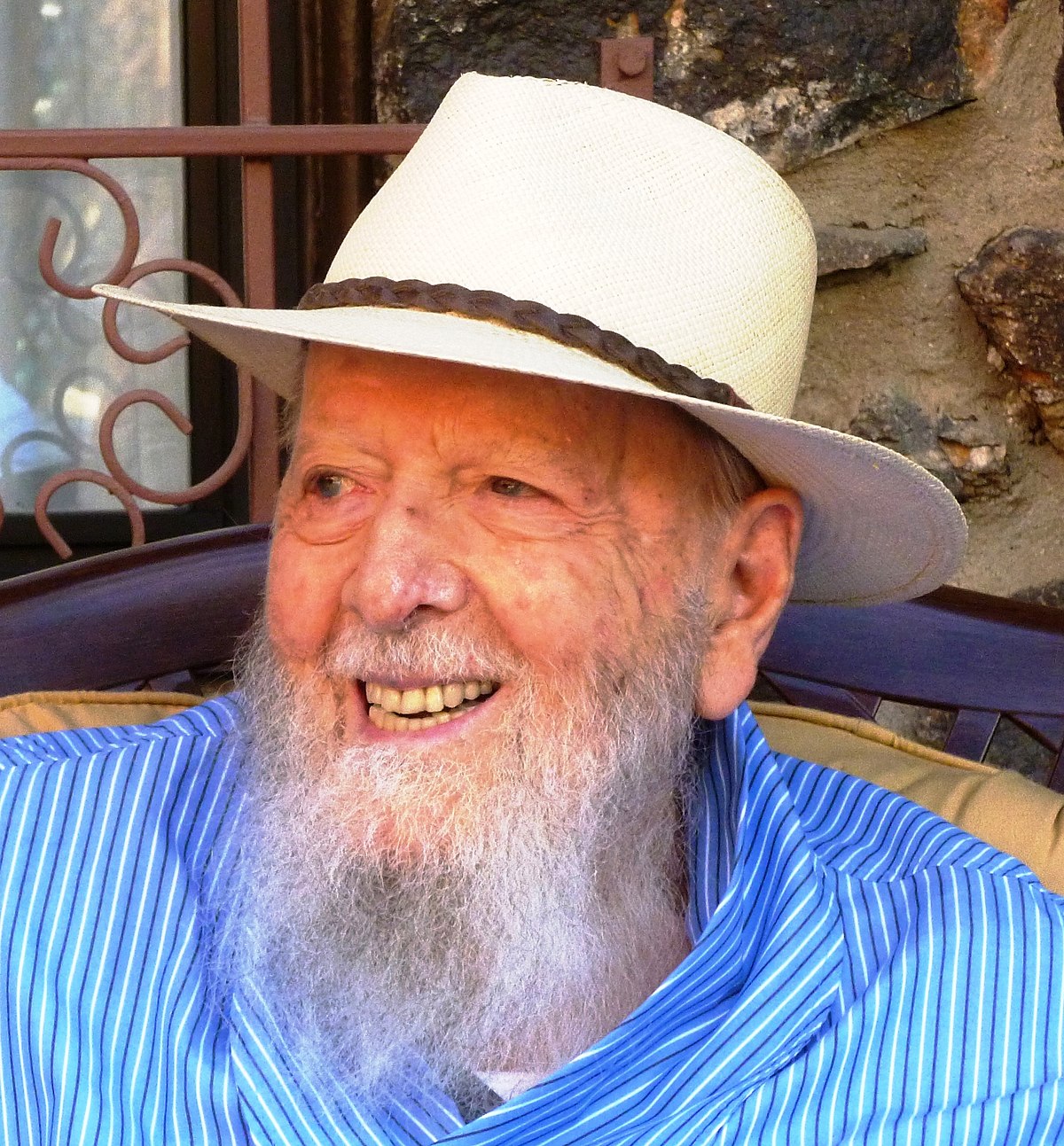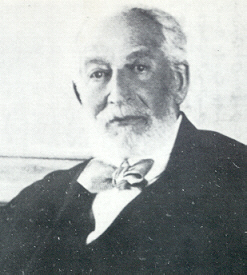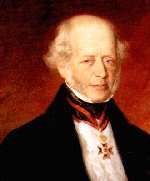
In the Middle Ages, the Church, in a misapplication of the Biblical prohibition against charging interest, forbade interest in all instances. The Talmud, in contrast, created an economic system in which loans could be converted into investments, so interest could accrue from them, but under the Christian interpretation, no credit market was possible. The way the Church got around that was by forcing the Jews to become the bankers. Back then, though, they were called “money lenders,” which is a much more pejorative term. “Banker,” at least at one time, represented a term of honor.
Jewish money lending worked as follows. The Count or nobleman of the town would loan money to the Jew, and the Jew in turn would loan money to the non-Jewish peasants. The Jew became the middleman, which was a very dangerous position. The interest rates were usurious in those times – 30% or 40% – so the peasants had a hard time paying anything back. And if the Jew didn’t collect the money, the nobleman would kill him. Therefore, the Jew had to have a large spread in the middle in order to be able to cover his losses and still make a living.
In the 18th century, there was a Jew in Frankfurt Am Main by the name of Mayer Amshel Rothschild. Like many other Jews, he was a money lender, except that among his debtors was the Duke of Bavaria. Rothschild came up with a brilliant idea. He had five sons, so he sent each one to a different country. One went to London, one went to Paris, one went to Vienna, one went to Naples, and one stayed with him in Frankfurt. That created what we today call “international banking.” Until then, if you wanted to send money from Germany to England, how would you exchange the currency? Who in Germany trusted someone in London to do this? The same principle that the Sephardic Jews used in trade, they brought to the next level in a world whose economy had become far more complex.
Because of the trust between the brothers, the Rothschilds created an international banking system, and within a century, they were among the wealthiest families in the world, and they remained so until the Nazis confiscated everything they had. They have since rebuilt themselves, but never to what they once were, relatively speaking. But that became a new concept in the world: that you could have a banking company in Switzerland with offices in New York, London, and Paris, and everybody could do business that way, crossing international borders.
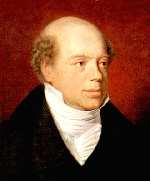
There is a legend told that on the day of the Battle of Waterloo, Nathan Mayer Rothschild came to the floor of the London Stock Exchange, leaned against a pillar, and started selling. It was well known that the Rothschilds had their own independent sources of information and intelligence, and nobody knew the results of the battle, so when he began to sell, everyone thought that England had lost, and they began selling, too.
That forced a panic in the market. As much as 15%-20% of the value of the stocks fell in about three hours. And after they had fallen so low, Rothschild turned around and began buying. It is said that he knew all along that the Duke of Wellington had defeated Napoleon and that the British market would go up. And when the official news came the next day that the British had won, the market went up 1000 points, making Rothschild even wealthier. It is reputed that on that coup alone, a substantial amount of the Rothschild fortune was made.
That legend has been used against the Jewish people because somehow it doesn’t seem fair. Nevertheless, that was how capitalism operated in those days. But great wealth has a very positive side – charity – and the Rothschilds excelled at it.



